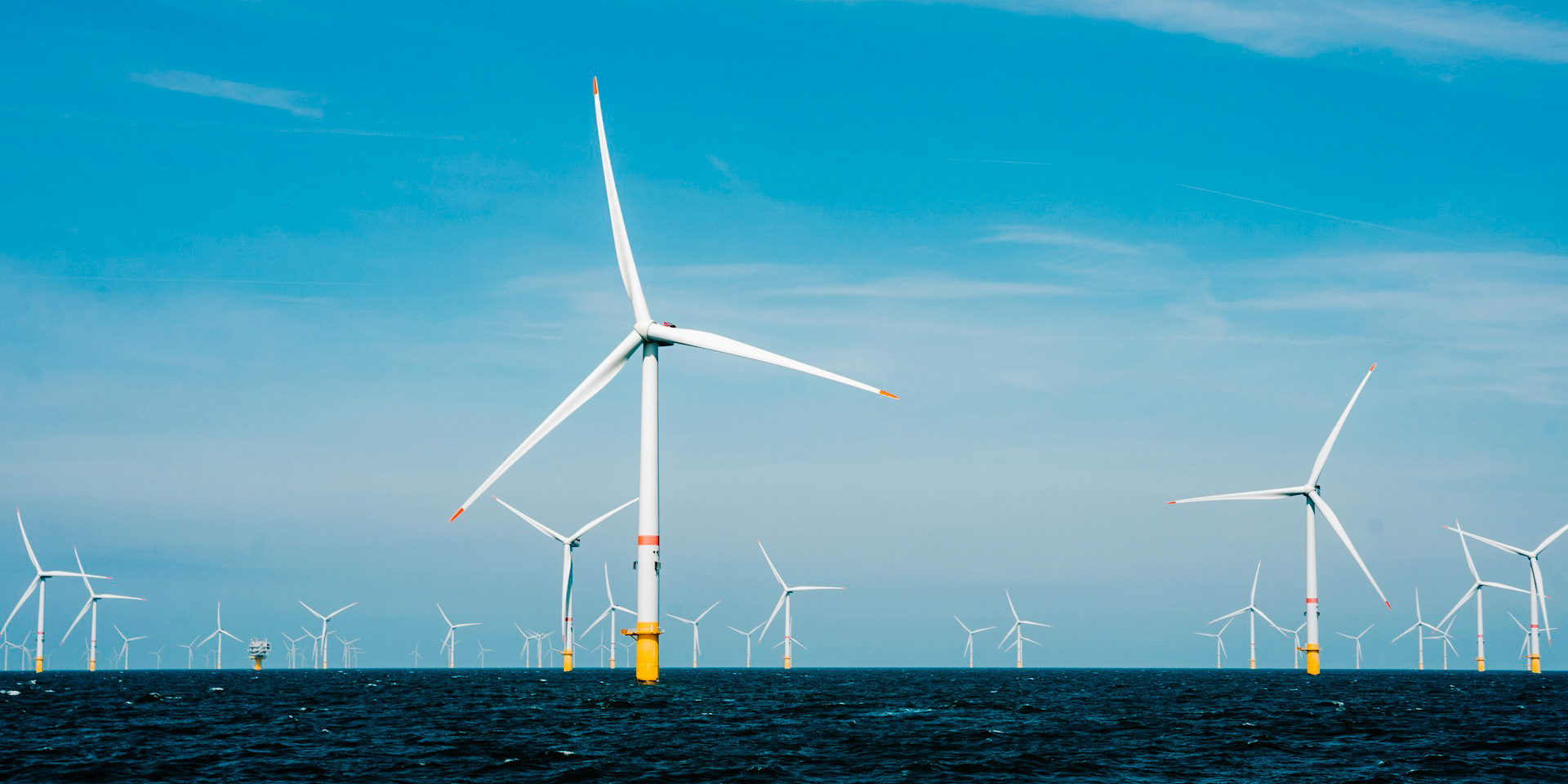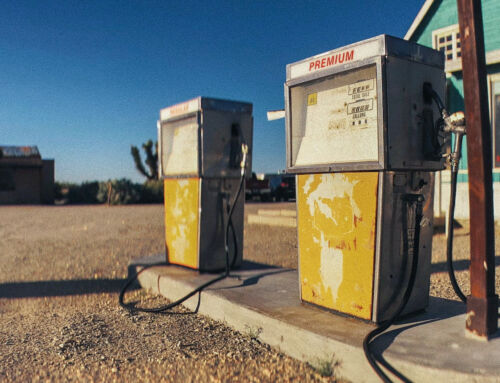View by Topic
Recent Articles
-
Congress Blocks California’s Gasoline Car BanSaturday, May 31st, 2025
-
EPA Will Keep Current Limits for “Forever Chemicals” in Drinking WaterSaturday, May 24th, 2025
-
Court Indefinitely Pauses SEC Climate Rule LitigationSaturday, May 17th, 2025
-
Maryland is About to Regulate Mold But is the Cart Before the HorseSaturday, May 10th, 2025
View by Month/Year
“Green Building Law Update” Headlines
Recent Articles & News from
Stuart Kaplow’s blog
at GreenBuildingLawUpdate.com
- Congress Blocks California’s Gasoline Car Ban: A Legal and Policy Analysis June 1, 2025
- EPA Will Keep Current Limits for “Forever Chemicals” in Drinking Water May 25, 2025
- Court Indefinitely Pauses SEC Climate Rule Litigation May 18, 2025
- Maryland is About to Regulate Mold: But is the Cart Before the Horse? May 11, 2025
Subscribe to the Green Building Law Update!
Stuart Kaplow brings his expertise and extensive experience to the table with his unique digital publication, "Green Building Law Update". Subscribers receive regular updates to keep them informed about important issues surrounding Environmental Law, Green Building & Real Estate Law, as well as the emerging demand for Environmental Social Governance (ESG).
Get fresh content through the lense of Stuart Kaplow's cutting-edge expertise, innovative commentary and insider perspective. Don't miss another issue! Subscribe below.

Offshore Wind Progress in Maryland
After this article was posted, on October 25, 2024, the Town of Ocean City and a confederation of other plaintiffs including the Town Council of Fenwick Island, and the Worcester County Commissioners, filed suit in federal court against the Bureau of Ocean Energy Management challenging the Maryland Offshore Wind Project that received the final environmental permitting approval described below. We will blog about the lawsuit in the coming days.
Last week the State of Maryland and the U.S. Bureau of Ocean Energy Development agreed to advance Maryland’s offshore wind development in the Atlantic Ocean as part of the ‘all of government’ approach to addressing climate change.
On the same day as that announcement, U.N. Secretary Antonio Guterres said in a speech at the American Museum of Natural History in New York, “Like the meteor that wiped out the dinosaurs, we’re having an outsized impact. In the case of climate, we are not the dinosaurs. We are the meteor. We are not only in danger. We are the danger. But we are also the solution.”
Maryland, by legislation just signed by the Governor days ago, has the aggressive target of “achieving a total of 8.5 gigawatts of offshore wind energy capacity by 2031.” That aim would be part of the state’s mandate to produce 100% clean energy by 2035 but will not happen without large public policy efforts like this. Concomitantly, the Federal government has the ambitious renewable energy goal of deploying 30 gigawatts of offshore wind energy across the country.
Last Wednesday, 2024, BOED announced the availability of its final environmental assessment for possible impacts from issuing leases for potential offshore wind development off the Delaware, Maryland, and Virginia coasts, concluding “that there would be no significant impacts from lease issuance.”
The next day Maryland and the BOED signed a memorandum of understanding to support the coordinated development of wind energy generation offshore Maryland. Today, despite more than a decade of state public policy encouraging the erection of the massive structures in the ocean waters off of Maryland, there are none.
Offshore wind deployment has seen market challenges. With more and additional government intervention as described in that MOU the sector will adapt to recent cost pressures and will see lower risk and costs as deployment scales over time.
The nascent U.S. offshore wind market is arguably at an inflection point. Government leading the way, with regulatory assistance and public dollars has been and will remain fundamental.
Some suggest the sector is poised for liftoff and that government subsidies will lay the foundation for consistent long term deployment, decarbonization, and economic benefits across the country.
While costs increased over the past few years, driven by rapid inflation of equipment costs, rising interest rates, supply chain constraints, and schedule delays, global cost headwinds have begun to stabilize and new offtake solicitations de-risk development going forward. Government subsidies can be what the sector (.. or for that matter what any sector) needs.
Offshore wind power has a compelling and distinctive value proposition that complements other clean resources, with high capacity factors and strong winter production that support grid reliability and resource diversity. Offshore wind can be a central pillar of decarbonizing coastal population centers, and offtake costs reflect not only the cost to generate clean power but also the cost to deliver power to coastal load centers (transmission) and the opportunity to revitalize maritime infrastructure and domestic manufacturing.
Maryland is not new to harnessing the wind above the waves. The state legislature passed the Offshore Wind Energy Act of 2013, which established a $190/MWH levelized price cap and net ratepayer impact caps of $1.50/month for residential customers (which ratepayers are still paying today despite that there are no offshore wind turbines).
Maryland has the highest median household income in the country, making it the richest state in America, so it can afford to spend money on offshore wind subsidizing the generous federal incentives, making its ocean water among the most inviting target rich environments for renewable energy production investment. And while the impact of the FERC’s new transmission and cost allocation rule, Order No. 1920, is just coming into focus, funding of transmission from Atlantic Ocean will be shared among Marylanders when now “customers pay only for projects from which they benefit” which will make all of this more expensive for Maryland ratepayers.
The new MOU is not a legally binding agreement but will signal to the marketplace that Maryland is the place for offshore wind projects, benefitting not only the clean energy developers but also the labor and supply chain. With the two previously proposed Maryland projects stalled the approval of the two new Maryland coast leasing areas in the recent environmental assessment is huge.
It should be lost on no one that today Maryland consumes about 40% more electricity than it produces. As I recently blogged, Maryland needs to produce more electricity.
This is part of the solution, assuming someone actually captures offshore Maryland wind energy at scale.
The next step will be when BOED holds a sale for the proposed offshore wind projects off the Maryland coast later this year.
However, that will not be the last step as it is all but certain the Town of Ocean City and others will appeal the BOEM environmental assessment and otherwise seek judicial redress. The first of the 114 offshore wind turbines 10.7 miles off Maryland’s coast are a long way from producing electricity.









